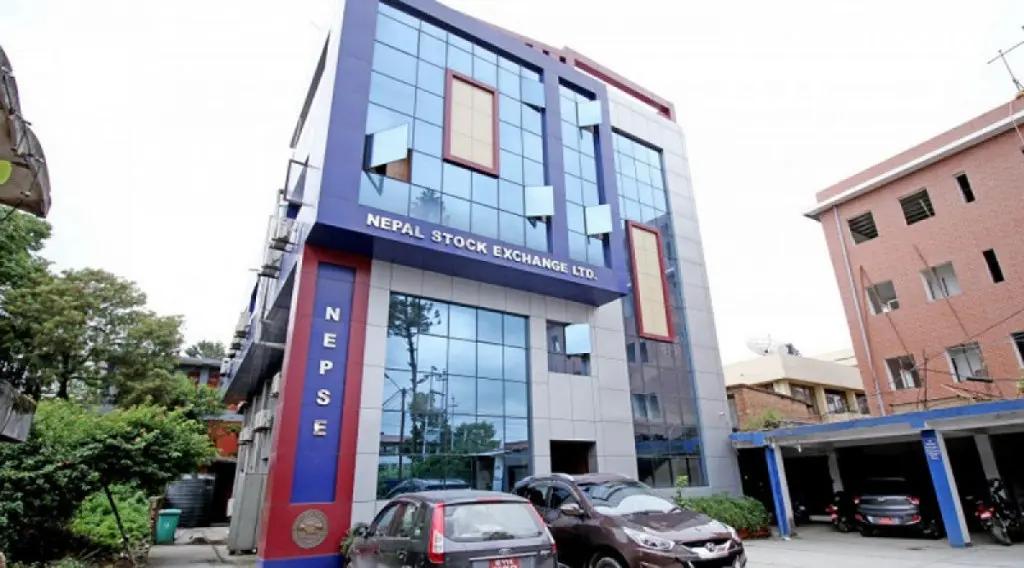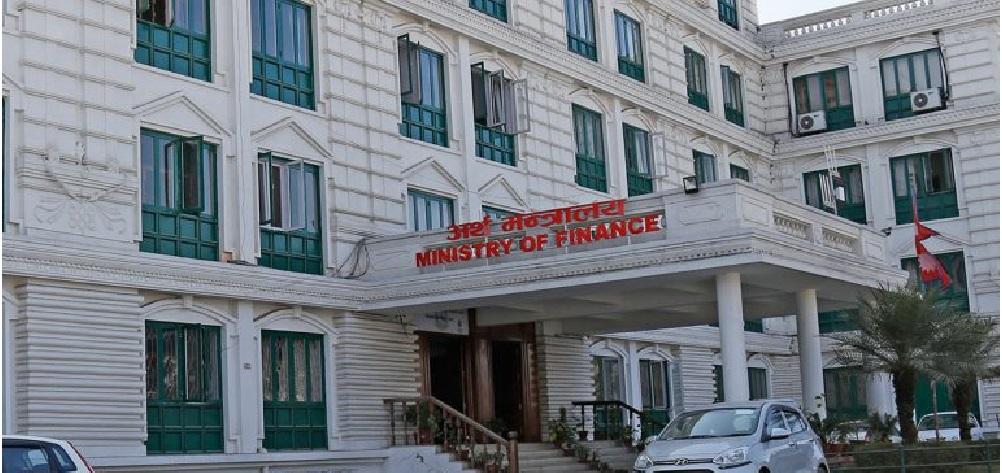By Sandeep Chaudhary
Unlocking the Future of Nepse Trading: A Comprehensive Guide

Nepse Trading has become an integral part of Nepal’s financial ecosystem, providing a gateway for investors to engage with the stock market and make informed decisions. As the financial landscape evolves, Nepse Trading continues to offer innovative solutions to enhance trading experiences for its users. This blog post delves into the essentials of Nepse Trading, exploring its significance, features, and benefits.
What is Nepse Trading?
Nepse Trading refers to the activities and transactions conducted on the Nepal Stock Exchange (Nepse), the sole stock exchange in Nepal. Established to facilitate the trading of stocks, bonds, and other securities, Nepse plays a crucial role in the country’s financial sector. It serves as a platform where investors can buy and sell shares of publicly listed companies, helping to mobilize capital for business growth and economic development.
Why Nepse Trading Matters
Economic Growth: Nepse Trading channels funds from savers to companies needing capital for expansion, driving economic growth and job creation.
Investment Opportunities: It provides a plethora of investment options, allowing investors to diversify their portfolios and mitigate risks.
Market Liquidity: By enabling the buying and selling of securities, Nepse Trading ensures market liquidity, making it easier for investors to convert their investments into cash.
Price Discovery: Nepse Trading aids in the price discovery of securities through supply and demand dynamics, helping investors make informed decisions.
Features of Nepse Trading
Nepse Trading is designed to cater to both novice and experienced investors, offering a range of features that make trading accessible and efficient:
User-Friendly Interface: The trading platform is intuitive, allowing users to navigate through various functionalities with ease.
Real-Time Data: Investors can access real-time market data, including stock prices, trading volumes, and market indices, to stay updated with market trends.
Advanced Charting Tools: Nepse Trading provides advanced charting tools to help investors analyze historical data, identify patterns, and make data-driven decisions.
Secure Transactions: Security is a top priority, with robust measures in place to ensure the safety of user data and financial transactions.
Benefits of Nepse Trading
Accessibility: Nepse Trading platforms are accessible from anywhere, making it convenient for investors to manage their portfolios on the go.
Transparency: The platform ensures transparency in trading activities, providing detailed information about each transaction.
Education and Support: Nepse Trading offers educational resources and customer support to help investors understand the market and enhance their trading skills.
Cost-Effective: With competitive brokerage fees and minimal transaction costs, Nepse Trading is a cost-effective way to invest in the stock market.
How to Get Started with Nepse Trading
Getting started with Nepse Trading is straightforward:
Open a Trading Account: Register with a licensed stockbroker to open a trading account.
Complete KYC: Complete the Know Your Customer (KYC) process by submitting the necessary documents.
Fund Your Account: Deposit funds into your trading account to start buying and selling securities.
Start Trading: Use the trading platform to explore investment options, place orders, and manage your portfolio.
Conclusion
Nepse Trading offers a gateway to financial growth and investment opportunities in Nepal. With its user-friendly interface, real-time data, and secure transactions, it empowers investors to participate actively in the stock market. Whether you are a seasoned investor or just starting, Nepse Trading provides the tools and resources needed to navigate the market effectively.
Unlock the potential of Nepse Trading today and take a step towards securing your financial future. Happy trading!









